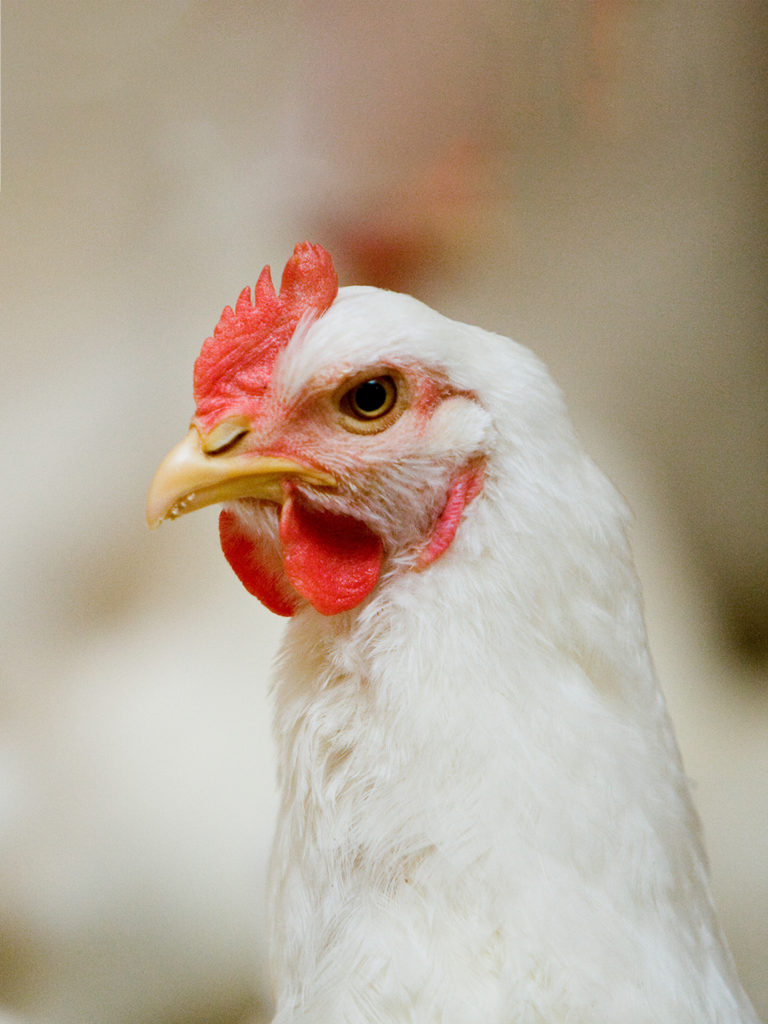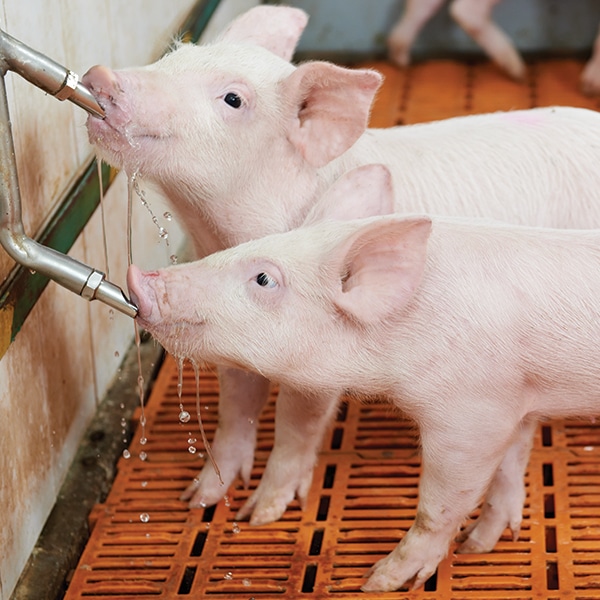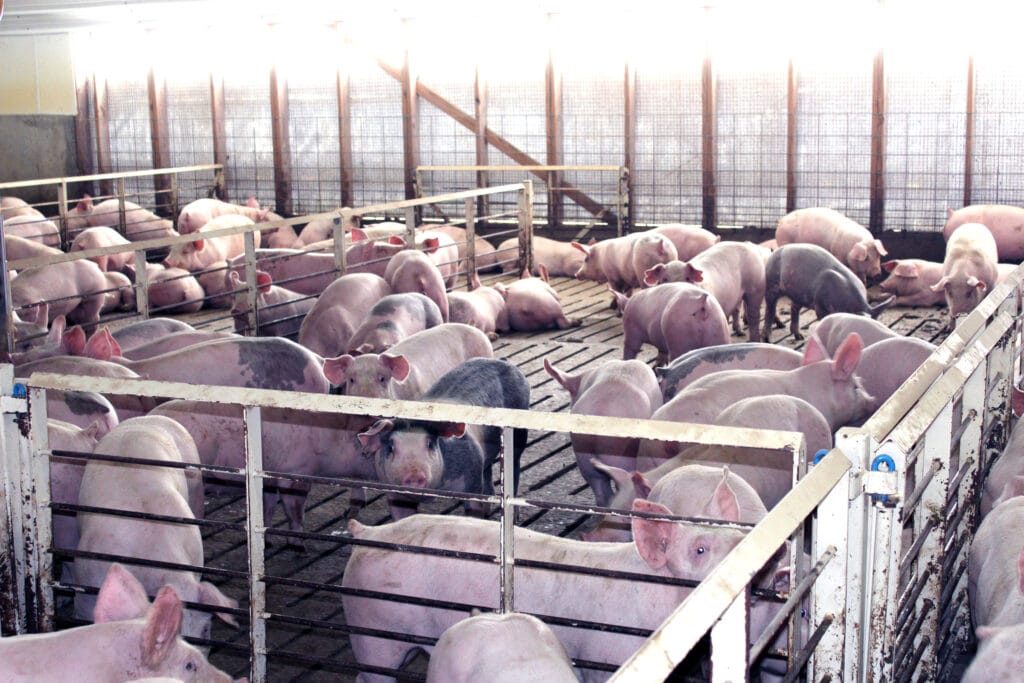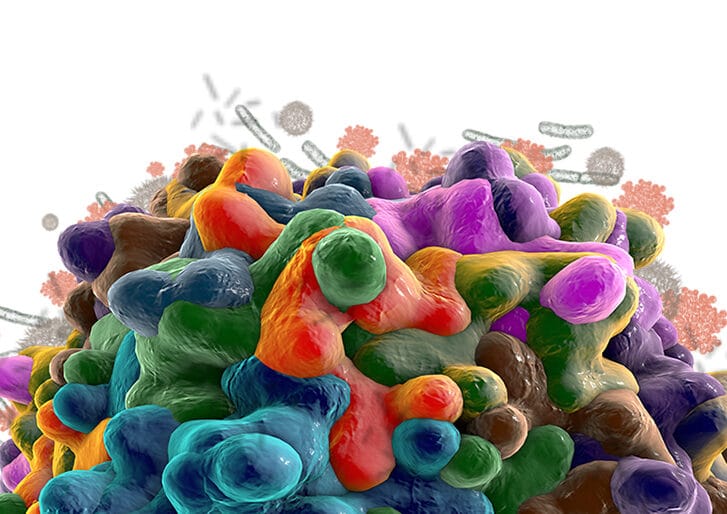Laryngotracheitis (LT) can be devastating to poultry flocks. But, with proper biosecurity measures in place, LT virus can be prevented and controlled. LT is a highly contagious viral infection caused by the herpes virus, resulting in respiratory disease in chickens, turkeys, pheasants and some other species of birds. It’s a respiratory disease that usually kills […]
Controlling LT Virus with Effective Biosecurity



